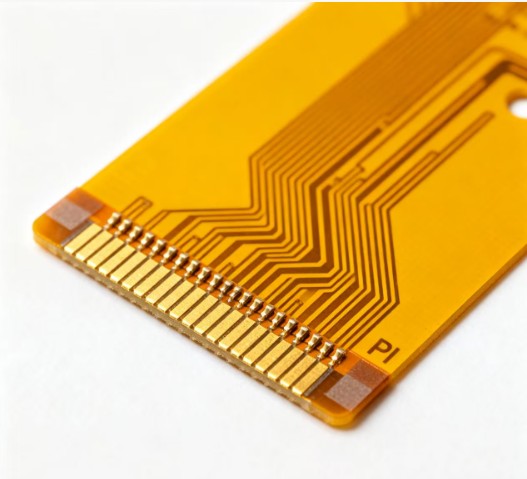The flexible PCB in modern electronics plays an important role, there is no doubt about this point. With thepursuit of miniaturization, durability, and enhanced performance. The flexible printed circuit board (Flex PCB) has emerged as a cornerstone technology in modern electronics. Moving beyond the constraints of traditional rigid boards, Flex PCBs are revolutionizing product design across countless industries.
1. What Is The Primary Advantage of Flex PCB?
The primary advantage of Flex PCBs lies in their inherent flexibility. Constructed from malleable materials like polyimide, they can be bent, folded. And twisted to fit into compact and uniquely shaped spaces. This three-dimensional freedom is indispensable for today’s sleek and portable devices. Such as smartphones, laptops, and wearables, where internal real estate is at a premium. Furthermore, this flexibility contributes to superior durability, as Flex PCBs can withstand constant motion and vibration that would cause a rigid board to fail, making them ideal for applications in folding phones, robotic joints, and automotive systems.
2. What Are The Extended Function Of Flex PCB?
The functionality of Flex PCBs extends beyond simply saving space. They often replace bulky and unreliable wire harnesses, reducing weight and simplifying assembly. This consolidation enhances signal integrity and reliability by minimizing connection points. The applications are vast and growing. In consumer electronics, they connect displays to motherboards. In medical devices, they enable compact, minimally invasive tools like endoscopes. The automotive sector relies on them for infotainment systems and advanced driver-assistance systems (ADAS). While aerospace utilizes them for their light weight and resilience.
In essence, Flex PCBs are not just an alternative but a fundamental enabler of modern electronic innovation. They provide the critical link that allows for smaller, lighter, more robust, and more complex electronic assemblies. As technology continues to evolve towards wearables, the Internet of Things (IoT), and increasingly compact devices, the role of flexible circuits will only become more central, shaping the form and function of the electronics of the future.
